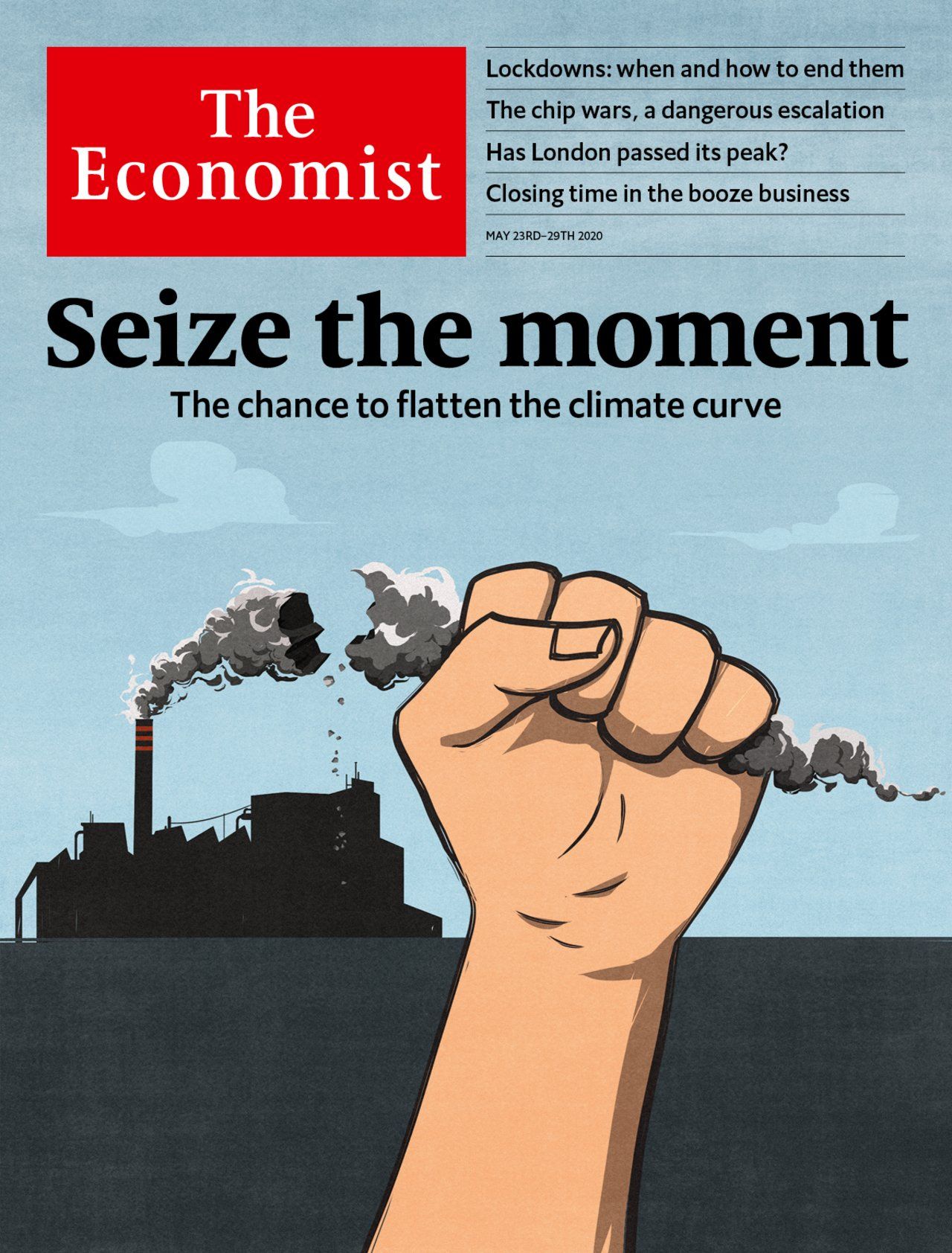The world’s energy system must be transformed completely
It has been changed before, but never as fast or fully as must happen now
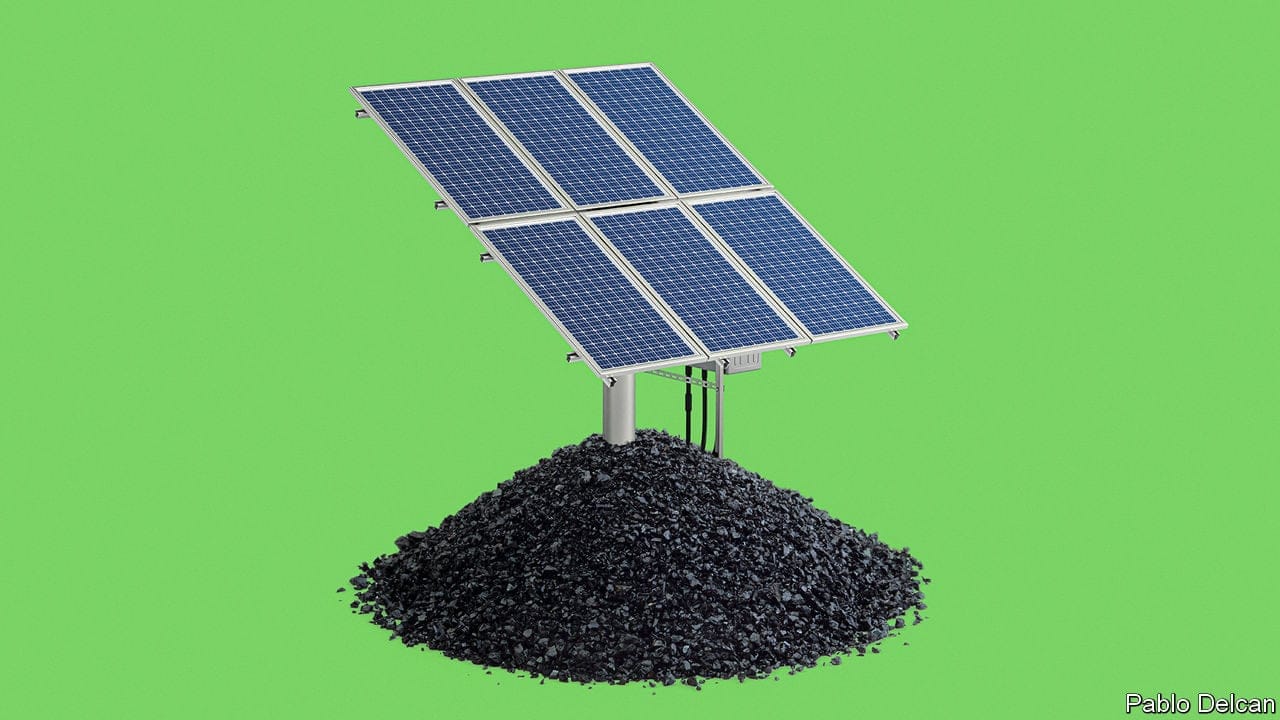
FOR MORE than 100,000 years humans derived all their energy from what they hunted, gathered and grazed on or grew for themselves. Their own energy for moving things came from what they ate. Energy for light and heat came from burning the rest. In recent millennia they added energy from the flow of water and, later, air to the repertoire. But, important as water- and windmills were, they did little to change the overall energy picture. Global energy use broadly tracked the size of a population fed by farms and warmed by wood.
This article appeared in the Schools brief section of the print edition under the headline “Not-so-slow burn”
More from Schools brief
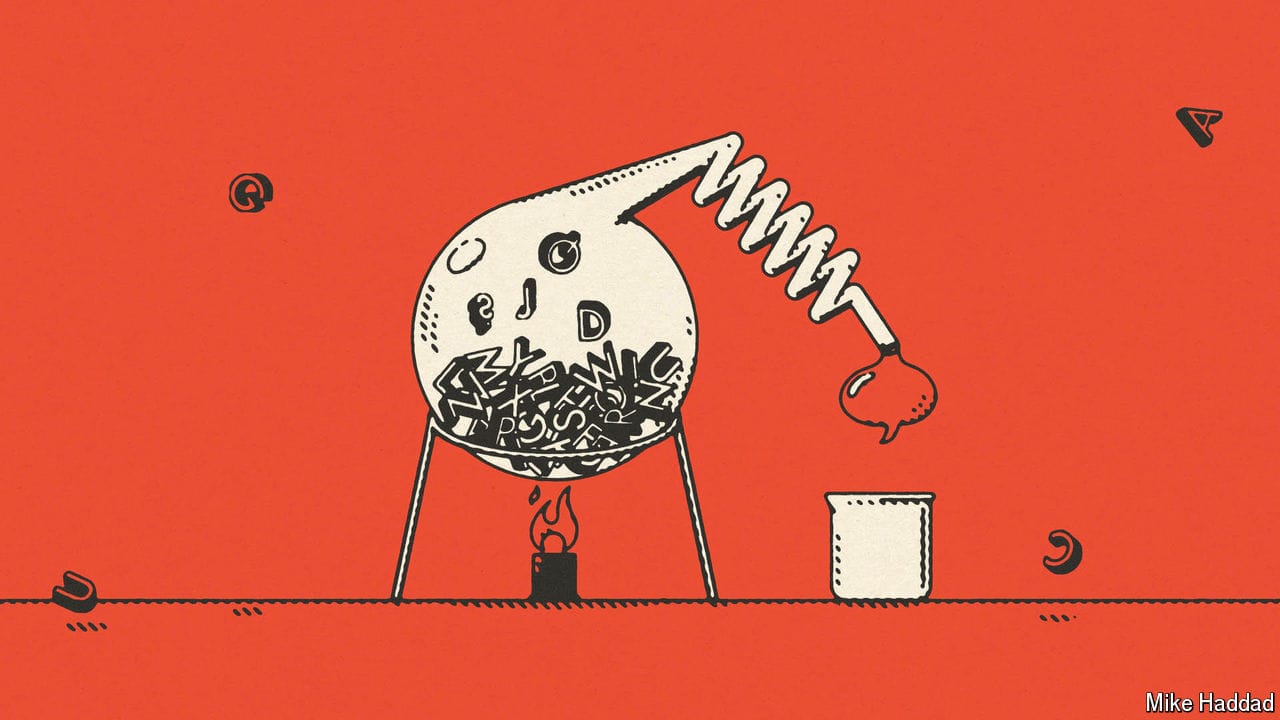
LLMs and diffusion models are all the rage
But the designs of deep neural networks continue to evolve
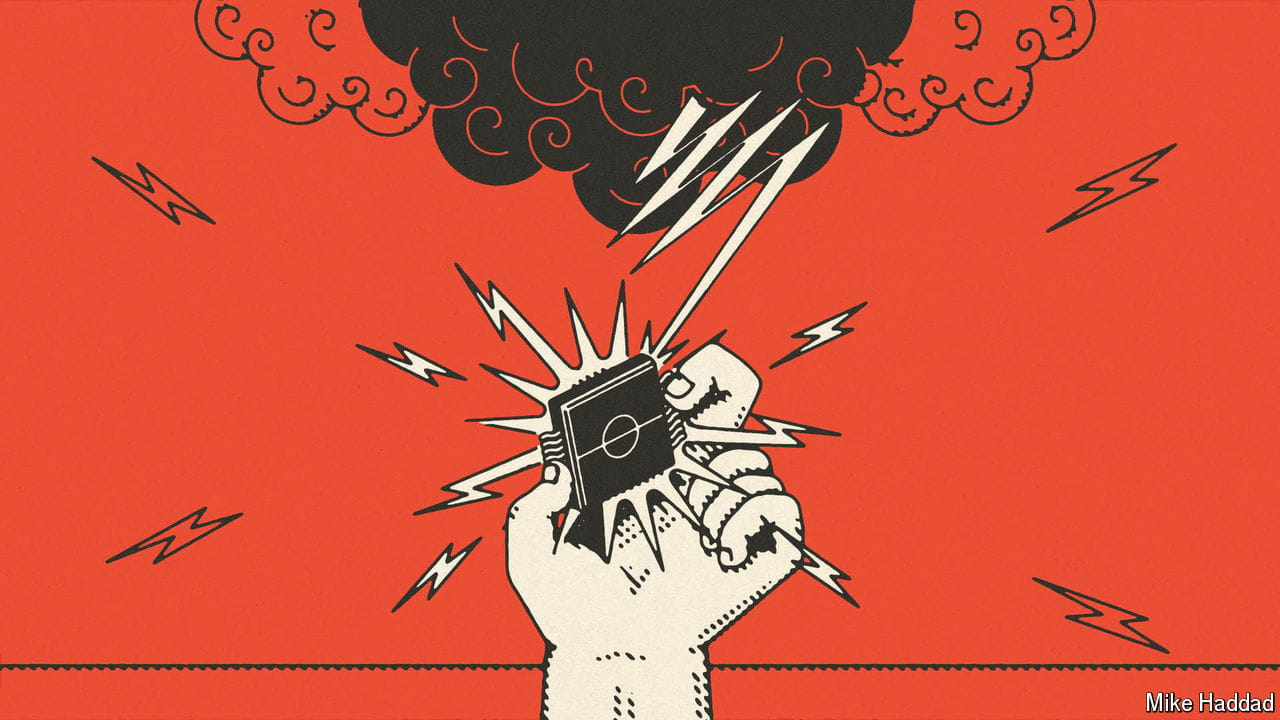
The race is on to control the global supply chain for AI chips
The focus is no longer just on faster chips, but on more chips clustered together
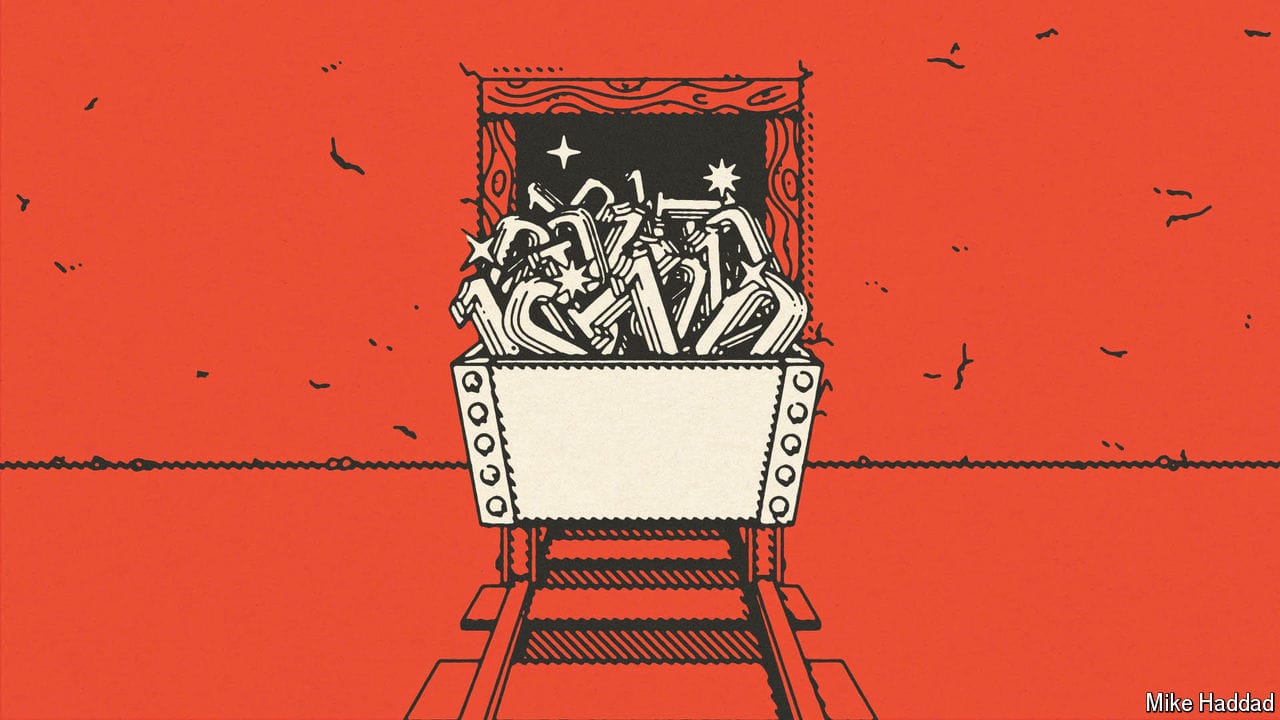
AI firms will soon exhaust most of the internet’s data
Can they create more?
A short history of AI
In the first of six weekly briefs, we ask how AI overcame decades of underdelivering
Finding living planets
Life evolves on planets. And planets with life evolve
On the origin of “species”
The term, though widely used, is hard to define
